1. Bessie A. White, Fire Island, New York
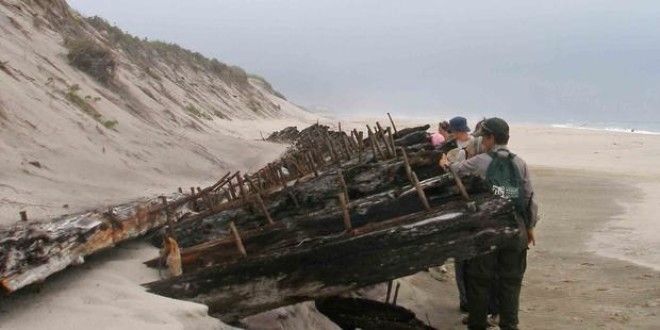
The 200-foot schooner Bessie White wrecked about a mile west of Smith Point County Park in 1922 while laden with coal and bound for Newfoundland. The crew escaped, but the three-year-old ship ran aground. When Superstorm Sandy hit Fire Island in October 2012, it revealed the battered remnants of the ship's hull, which had been carried west to a spot near Skunk Hollow in the Otis Pike Fire Island High Dune Wilderness. The National Park Service sometimes leads hikes to the wreckage, whose location over time provides scientists with clues to how the landscape of Fire Island has changed.
2. MS World Discoverer, Solomon Islands
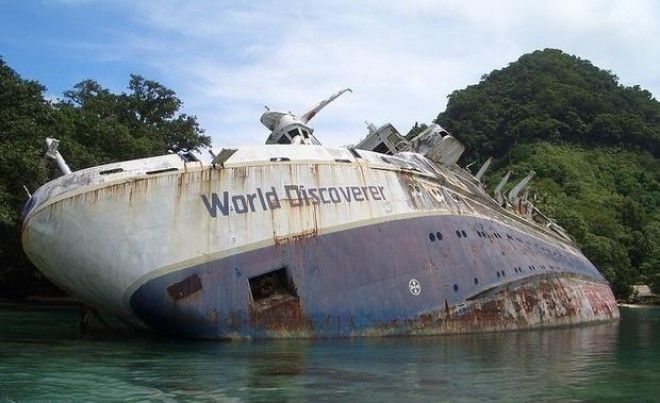
A Danish cruise ship built in 1974 that once carried passengers to polar regions, the MS World Discoverer ran aground in the Solomon Islands in 2000. No lives were lost—all the passengers escaped via ferry after an uncharted rock pierced the ship's hull. As of fall 2014, the wreckage was still a tourist attraction in Roderick Bay in the Nggela Islands, listing heavily on its side against the shore.
3. Peter Iredale, Warrenton, Oregon
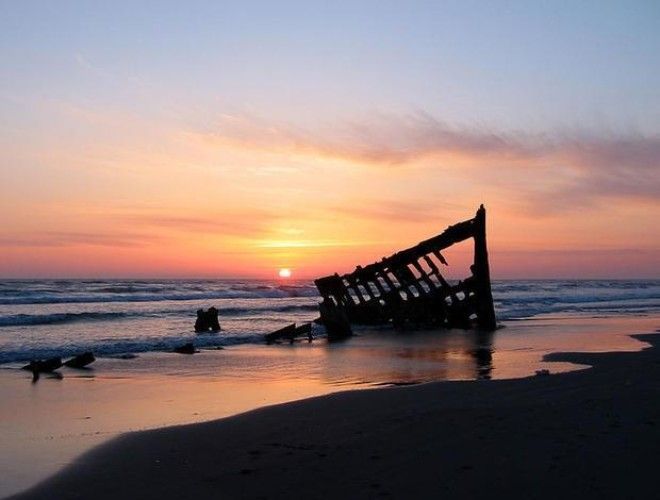
Now a haunting ruin along the Oregon coast, the Peter Iredale was once a four-masted steel barque sailing vessel owned by British shipping firm Iredale & Porter. In September 1906, the ship left Santa Cruz, Mexico, on its way to Portland, Oregon, where it was supposed to pick up wheat bound for the United Kingdom. But a heavy wind and strong current sent her on to the breakers and she ran aground at Clatsop Beach, with three of her masts snapping from the impact, according to the Oregon History Project. The wreckage became an immediate tourist attraction, and despite being buffeted by the wind and waves ever since, it remains so today. It’s now part of Fort Stevens State Park.
4. Navagio Beach, Zakynthos island, Greece

This shipwreck in the Ionian Islands gives the beach its nickname: Smugglers Cove. Supposedly, the Panagiotis, which wrecked there in the early 1980s, was smuggling cigarettes and possibly worse. The rusting hulk of the boat is far from the only thing to see, however; the beach (which is also known as Shipwreck Beach) also attracts visitors for its clear turquoise waters and pristine pale sand. It’s also one of the most popular spots for BASE jumping in the world. (Sadly, it can only be accessed by boat.)
5. SS Maheno, Fraser Island, Australia

Once an ocean liner that plied the Tasman Sea between New Zealand and Australia, the SS Maheno was also used as a hospital ship for the New Zealand navy during World War I. She was later sold to a Japanese ship-breaking company for scrap, but broke apart in a cyclone on its journey to Japan in 1935. Since washing ashore on Australia's Fraser Island, the ship has become a major tourist attraction, despite not being particularly safe.
6. SS Oregon, Long Island Sound, New York
Once the fastest liner on the Atlantic, the SS Oregon sunk in 1886 just 15 miles off New York after hitting an unidentified schooner, often thought to be the Charles R. Morse. After an unsuccessful attempt to plug the hole in the hull with canvas, the captain ordered the ship abandoned, even though there were only enough lifeboats for half the ship's 852 passengers. (Fortunately, another ship arrived to save the passengers, and there were no casualties.) Today the wreck is a popular dive site in Long Island Sound. Although the ship's hull and decks have disintegrated over the years, the engine and boilers remain, among other remnants.
7. Uluburun, Bodrum, Turkey
Granted, it's in a museum, but the Uluburun wreck, which sank off the coast of Turkey during the late Bronze Age, is one of the oldest ships ever found—it dates back 3,500 years. A local sponge diver found the wreck of the Uluburun off the southwestern coast of Turkey in the early 1980s. Archeologists then spent 11 years studying the ship, collecting 20 tons of artifacts, including the remains of fruits and nuts, pottery, jewelry, tools, and weapons. No one knows who built the ship or where it was headed, but judging by the amount of gold onboard, someone rich was involved. The remains of the ship and its cargo, as well as a life-sized replica, are kept the Bodrum Museum of Underwater Archaeology.
8. MV Captayannis, River Clyde, Scotland
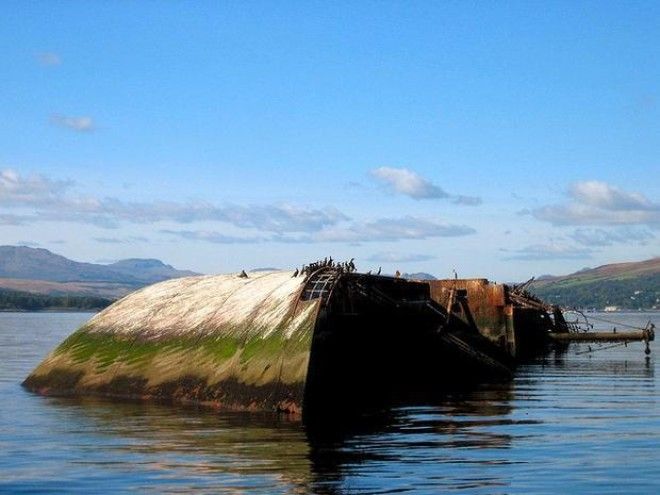
Once a Greek sugar-carrying ship, the MV Captayannis has become a de facto home for birds and other wildlife since sinking in Scotland's River Clyde in 1974 during a terrible storm. (The collision with a BP oil tanker also didn't help.) The shallow waters around the wreck make it relatively accessible, and the ship seems likely to stay where it is, since its precise ownership is something of a mystery.
9. La Famille Express, Turks and Caicos Islands
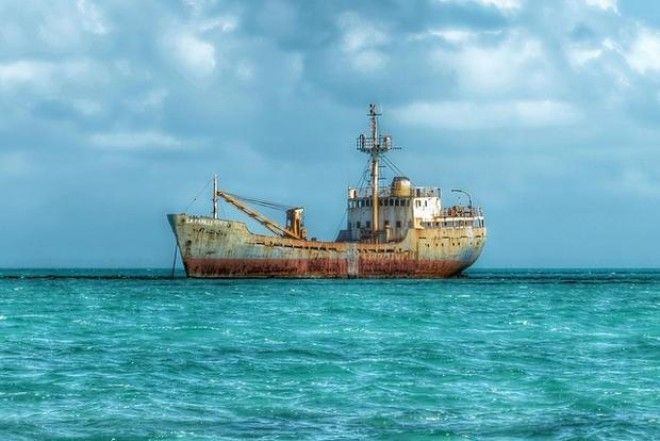
Built in 1952 in Poland, La Famille Express served a large part of its life in the Soviet Navy (where it was known as Fort Shevchenko), before being sold and re-christened with its new name in 1999. It wrecked under mysterious circumstances around 2004. It now lies in just a few feet of water, an attractive landmark for boaters in the Turks and Caicos.
10. Eduard Bohlen, Namibia

This wreck is unusual for being buried entirely in the sand—it's now stranded about a quarter mile away from shore. A 2,272-ton cargo ship that wrecked off Namibia's Skeleton Coast in 1909 in thick fog, the ship since has drifted so far from the water it's now completely land-locked.

